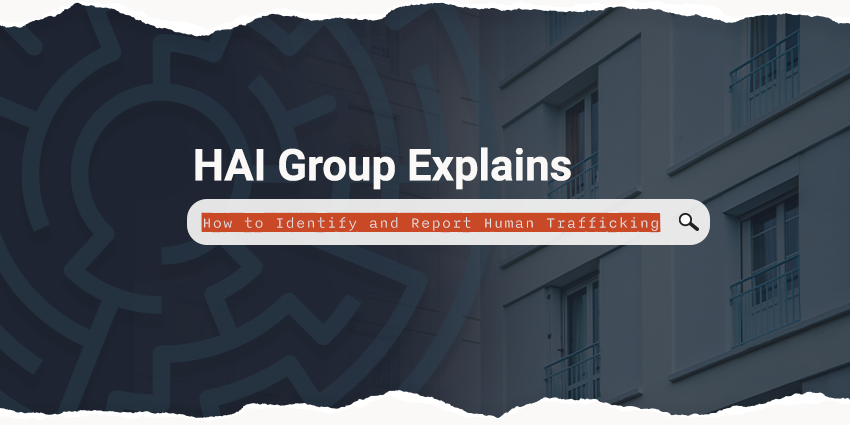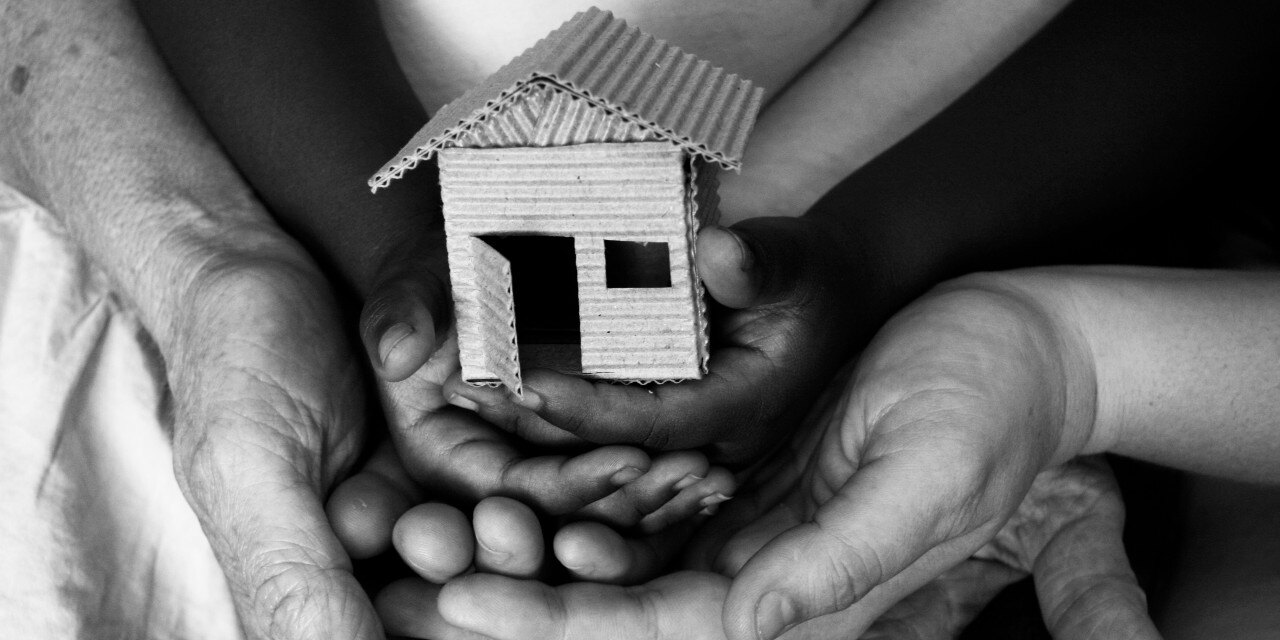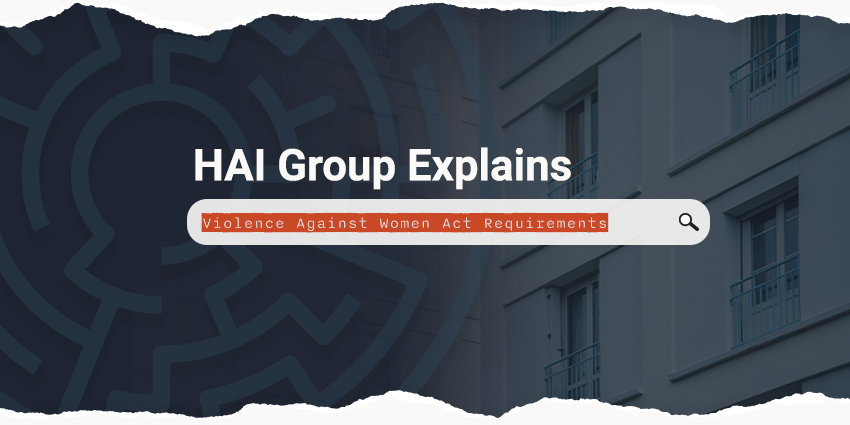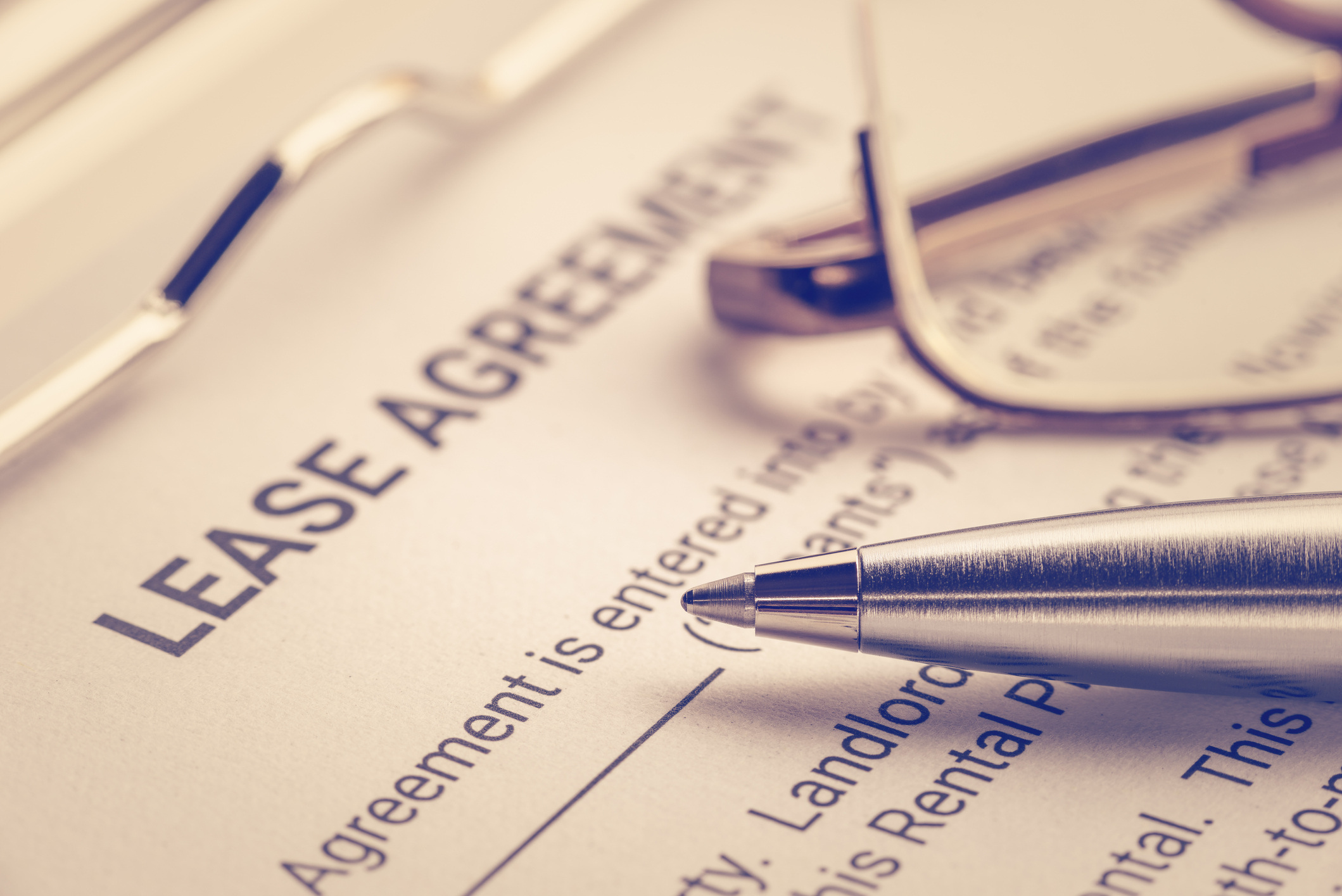Human trafficking, commonly regarded as one of the most severe global human rights issues of the modern day, can happen in any community and affect individuals of any age, race, gender, or nationality.
Individuals facing economic hardship and housing instability are often victimized by human traffickers offering false opportunities to improve their circumstances. Housing security can be particularly challenging for human trafficking victims, according to the U.S. Office of Justice Programs, an agency within the U.S. Department of Justice that focuses on crime prevention research.
"Many victims face unique barriers to accessing and maintaining housing as a direct result of their victimization," the agency notes in a resource developed to help community organizations address housing for victims of human trafficking. "Moreover, few emergency shelters or transitional housing programs are uniquely prepared to serve victims of human trafficking."
In 2020, the U.S. National Human Trafficking Hotline received over 10,500 reports of human trafficking involving nearly 17,000 individual victims. Nearly 73,946 human trafficking cases have been reported to the hotline since 2007.
| Situations of Trafficking Identified: 10,583 | Victims of Trafficking Identified: 16,658 |
| Sex: 7,648 | Sex: 10,836 |
| Labor: 1,052 | Labor: 3,583 |
| Sex and Labor: 333 | Sex and Labor: 631 |
| Other/Not Specified: 1,549 | Other/Not Specified: 1,634 |
Polaris, the organization that operates the hotline, notes that these reports are "likely only a fraction of the actual problem."
Human trafficking often goes unreported due to its covert nature, language barriers, fear of retaliation, misconceptions about its definition, and a lack of awareness about its indicator signs.
This article is meant to help public and affordable housing employees understand and recognize the signs of human trafficking so potential instances can be promptly reported to law enforcement.
What is human trafficking?
Human trafficking is a form of modern-day slavery in which traffickers use force, fraud, or coercion to control victims to engage in commercial sex acts or labor services against their will. According to the U.S. Department of State, human trafficking, trafficking in persons, and modern slavery are umbrella terms often used interchangeably.
The U.S. Department of Homeland Security reports that human traffickers look for individuals who are susceptible for a variety of reasons, "including psychological or emotional vulnerability, economic hardship, lack of a social safety net, natural disasters, or political instability."
"The trauma caused by the traffickers can be so great that many may not identify themselves as victims or ask for help, even in a highly public setting," the agency notes.
How is human trafficking investigated?
According to the FBI, the Trafficking Victims Protections Act signed into law in 2000 was the first comprehensive federal law to address human trafficking. As of 2014, all 50 states and the District of Columbia have laws against human trafficking.
The FBI investigates two types of human trafficking:
- Sex trafficking – When individuals are compelled by force, fraud, or coercion to engage in commercial sex acts. Sex trafficking of a minor occurs when the victim is under 18. For cases involving minors, proving force, fraud, or coercion is not necessary.
- Labor trafficking – When individuals are compelled by force, threats, or fraud to perform labor or service. Domestic servitude, a form of forced labor, is when individuals within a household appear to be nannies, housekeepers, or other types of domestic workers, but they are being controlled and exploited.
| Sex Trafficking | Labor Trafficking |
| Substance Use Concern | Recent Migration/Relocation |
| Runaway/Homeless Youth | Self-Reported Economic Hardship |
| Unstable Housing | Unstable Housing |
| Mental Health Concern | Criminal Record/Criminal History |
| Recent Migration/Relocation | Substance Use Concern |
Federal and state law enforcement officials use a three-element framework to help define human trafficking:
-
Acts: The recruiting, harboring, transporting, providing, or obtaining of an individual.
-
Means: The use of force, fraud, or coercion.
-
Purpose: The goal of exploiting an individual for forced labor or commercial sex acts.
Federal and state authorities investigate human trafficking through collaborative interagency task forces designed to combat and respond to regionally-based human trafficking.
The FBI says the most effective way to investigate human trafficking "is through a collaboration, multi-agency approach with our federal, state, local, and tribal partners."
Investigations often begin after authorities receive tips from the public, including reports to the U.S. National Human Trafficking Hotline. According to the FBI, victim recovery is the priority of trafficking investigations. Once the victim is safe and recovering, authorities seek to arrest and prosecute the traffickers involved.

How can housing professionals identify and report signs of human trafficking?
No matter your role at your housing organization, you play an essential part in determining potential cases of human trafficking.
"Knowing the appropriate laws and having a plan to refer investigations to local authorities are essential components of the risk management process to identify human trafficking within or around your properties," said Nick Mayo, a senior risk control consultant at HAI Group.
Unit inspections and resident interactions are prime examples of times to remain vigilant as a housing professional.
"Visual cues, such as individuals showing signs of physical injuries and abuse, lacking personal possessions, and appearing destitute, can indicate a problem," Mayo said. "During resident recertification or onboarding, if an individual lacks official documentation, this may also be a clue that an issue may exist."
The U.S. Department of Housing and Urban Development has outlined the following red flags for human trafficking in housing:
-
The individual shows signs of physical and/or sexual abuse, physical restraint, confinement, or torture.
-
The individual is fearful, anxious, depressed, submissive, tense, nervous/paranoid, especially after bringing up law enforcement.
-
The individual is not allowed or able to speak for themselves (a third party may insist on being present and/or translating.
-
The individual has few or no personal possessions.
-
The individual has numerous inconsistencies in their story.
-
The individual is not in control of their identification documents (ID or passport).
-
The individual claims to be visiting and cannot clarify where they are staying/address.
If signs of human trafficking are present, file a report with local authorities or contact the U.S. National Human Trafficking Hotline, which maintains a database of service providers and resources throughout the country, and extensive training resources on various human trafficking topics.
State and local laws differ by jurisdiction. Review your state's relevant statutes to learn more about your region's human trafficking laws.
Contact our Risk Control and Consulting team for more resources and answers to your housing organization's risk-related questions.
This article is for general information only. HAI Group makes no representation or warranty about the accuracy or applicability of this information for any particular use or circumstance. Your use of this information is at your own discretion and risk. HAI Group and any author or contributor identified herein assume no responsibility for your use of this information. You should consult with your attorney or subject matter advisor before adopting any risk management strategy or policy.






